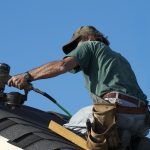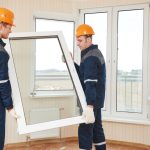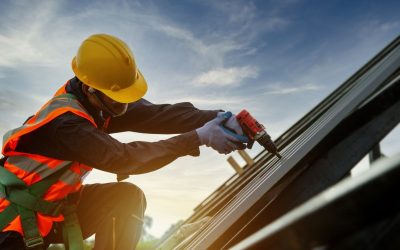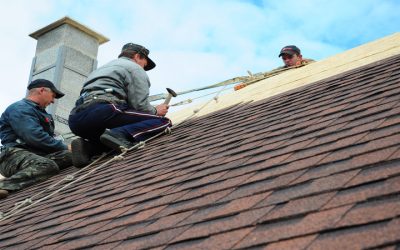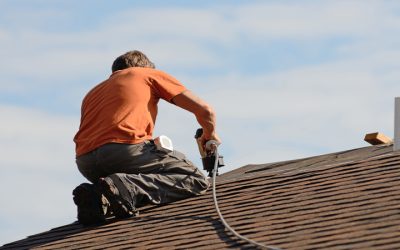Severe storms can cause substantial roof damage. Hail can puncture shingles, and powerful winds can rip them off the roof. Home owners are now looking at durable roofing solutions to minimize the impact of severe storms. They often choose metal roofs or wind-resistant shingles. Large municipal buildings and industrial plants have been using metal roofs for years. However, home owners often didn’t like the industrial look of metal roofs. Metal roof manufacturers have begun to make roofing materials that are visually appropriate for homes. Metal shingles and shakes look like their traditional counterparts.
In addition to withstanding hail and high winds, they are also fire-resistant. Metal roofs also last a lot longer. Asphalt shingles can be expected to last from 10 to 15 years. Warranties for metal roofs usually assume the roof will last at least 50 years. Because of the strength and durability of metal roofs, the cost to insure them is much lower. Home owners may worry that a home with a metal roof will be a noisy house. Roofing manufacturers have designed metal shakes and shingle to quietly disperse rain drops as they fall. They also have added insulation to quell any remaining sounds.
Home owners who want durable roofing solutions may also consider wind-resistant shingles. These strong shingles are designed to withstand winds up to 130 mph. High winds do more than rip shingles off of the roof they also blow large objects onto the roof. Therefore, wind-resistant shingles are much stronger than typical shingles. Wind-resistant shingles look like any other shingle. However, if the home owner holds them in their hand, they will notice that they bend less than a standard shingle. Wind-resistant shingles are also are designed with two lines of sealant, giving them double adhesion. Wind-resistant shingles are installed differently than typical shingles. Manufacturers require that they are hand nailed into place and not stapled. The first few rows of shingles may have protective flashing installed over them as well. This prevents the wind from catching shingles at the edge of the roof.
Local roofers are familiar with local weather conditions and can recommend materials for specific climates.

